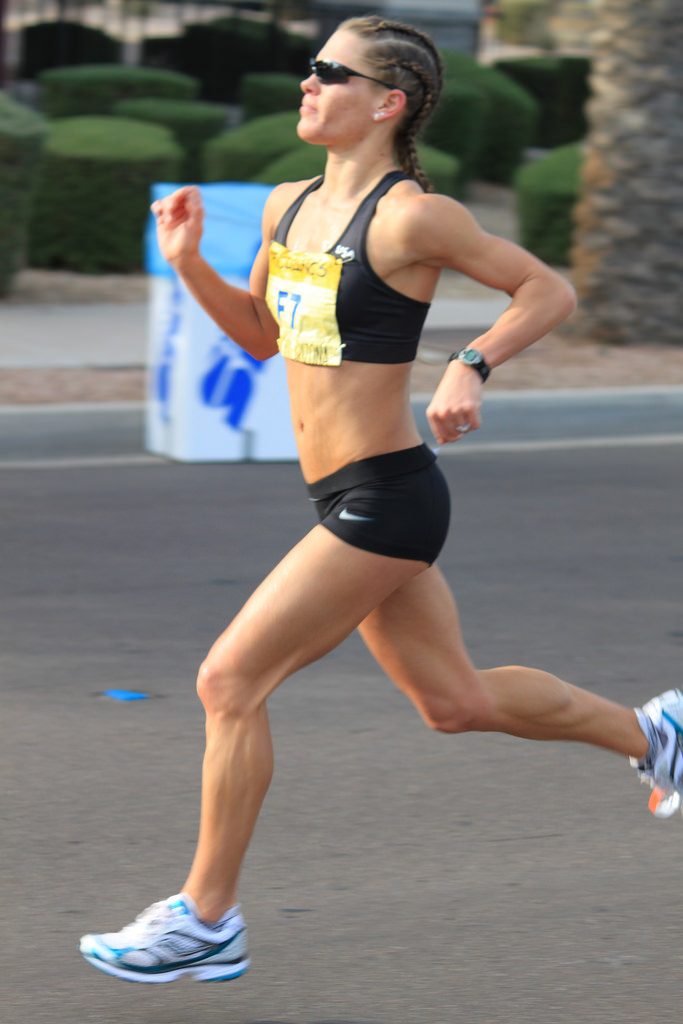Running Posture Influences Maximal Speed

Hamstring strain injuries remain high in sprinting. While strength training has been a successful prevention method, the injury rates have not improved much. And thus, a groups of researchers from Spain ask if biomechanical correction can affect sprint performance.
Fifteen amateur athletes were assigned to either a control or intervention group (IG). A sprint test with 3-dimensional kinematic measurements was performed before and after 6 weeks of training. The intervention program included 3 weekly sessions integrating coaching, strength and conditioning, and physical therapy approaches (manual therapy, mobility, lumbopelvic control, strength and sprint “front-side mechanics”-oriented drills).
Results showed no between-group differences at PRE intervention. After intervention, they observed differences for the pelvic (sagittal and frontal planes) and thigh kinematics and improved sprint performance (split times).
The intervention group had
(1) a lower anterior pelvic tilt during the late swing phase,
(2) greater pelvic obliquity on the free-leg side during the early swing phase,
(3) higher vertical position of the front-leg knee,
(4) an increase in thigh angular velocity and thigh retraction velocity,
(5) lower between-knees distance at initial contact, and
(6) a shorter ground contact duration.
These contributed to an overall increase in top speed sprint performance (an increase by 4.75%).
Thus, a 6-week multimodal training program induced a decrease in the anterior pelvic tilt during the late swing phase of sprinting (potentially decreasing hamstring strain) and lower limb kinematic changes associated with performance improvement. These changes could reduce risk of muscle strain while also improving sprint performance.
Reference: https://pubmed.ncbi.nlm.nih.gov/34794121/

